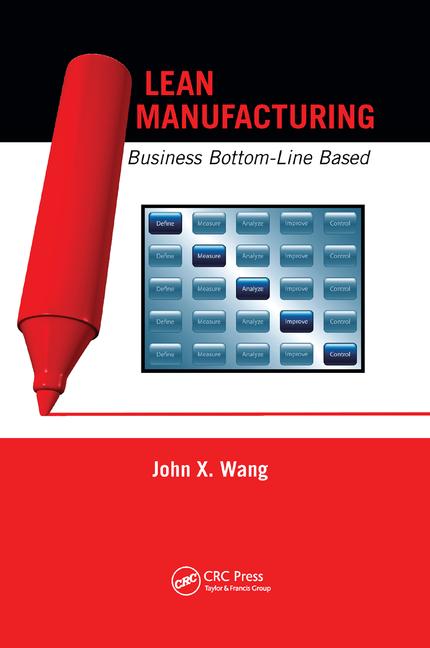Engineers at NASA’s Jet Propulsion Laboratory (JPL, Pasadena, CA) have created a system that uses water motion to generate a high-pressure liquid, which is then transported to shore and used to produce electricity on land. It eliminates all submerged electrical components, which are subject to corrosion.
Engineers at NASA’s Jet Propulsion Laboratory (JPL, Pasadena, CA) believe that clean, renewable energy produced from the motion of the ocean could some day be converted into electricity. Numerous technologies are currently being developed to turn ocean currents, tides, and flowing rivers into hydrokinetic energy.
Many of the systems use underwater turbines, similar to those used in wind farms. Ocean currents or tides turn the turbines, which generate electricity that can be transferred by cable to shore. However, the JPL engineers have created a system that uses water motion to generate a high-pressure liquid rather than electricity. The liquid is then transported to shore and used to produce electricity on land.
While they were working on a new way to power underwater vehicles, the researchers realized that they could use an environmental pump to generate a high-pressure fluid. “The trick was to find a special substance known as a phase change material that changes from a solid to a liquid as the temperature in the environment changes from cold to warm,” says Yi Chao, a JPL scientist who worked on the project. “When the material melts, it expands, compressing a central tube in which another liquid is stored. This liquid, now under high pressure, is used to generate electricity to charge the battery underwater.”
In the large-scale hydrokinetic energy transfer system, ocean tides, currents and waves, as well as river flows, would provide the energy source to create the high-pressure liquid. As water turns an underwater turbine blade, the rotor’s rotational speed would be increased through a gearbox, which drives a high-pressure fluid pump. The high-pressure fluid would be transported though flexible tubes to a larger pipe and then to an onshore hydroelectric power plant.
“A major advantage of this design is that it eliminates all submerged electrical components, which are subject to corrosion,” says Jack Jones, a JPL engineer. “Other tidal turbine energy systems, such as the one now in operation in Manhattan’s East River, transfer the power generated by the turbines to the surface through buried electrical cables. These are expensive, hard to maintain and can be dangerous.”



